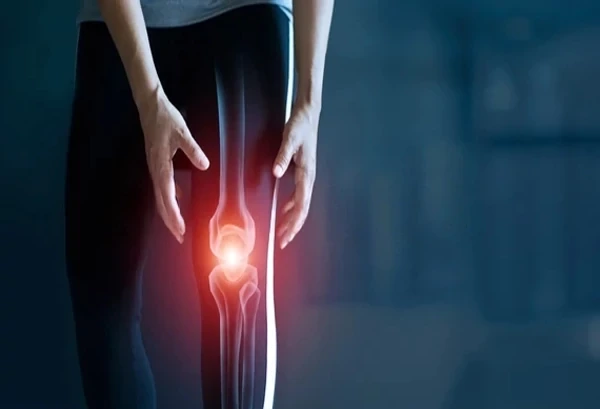Osteoarthritis

What is Osteoarthritis?
Osteoarthritis (OA), also known as degenerative joint disease, is the most common form of arthritis used to describe the "wear and tear" of joint surfaces. Joint pain and function loss are the typical symptoms of osteoarthritis, but the condition can also present asymptomatically or as a severe, chronically disabling disorder. This is because osteoarthritis has a very wide range of clinical manifestations.
What Makes Osteoarthritis Painful?
Although osteoarthritis can become painful after physical trauma (such as a car accident or workplace accident), the chance of developing symptoms and the severity of symptoms depends on a mix of risk factors, including such as
- • Prolonged positions or activities that place a lot of tension on your joints regularly
- • Individual factors like being female and male
- • Smoking, obesity, a lack of overall fitness, and past joint injuries are all variables that affect physical well-being
- • Elements that affect psychological health, including stress, depression, and anxiety
Physiotherapy Management of Osteoarthritis:
Patients who receive formal physiotherapy might benefit from instruction on exercises in addition to helping them use equipment (such as canes) correctly. Regimens that incorporate both aerobic and resistance training have been demonstrated to lessen pain and enhance physical function in numerous studies and ought to be promoted.
Reduced muscular strength (especially in the muscles surrounding the affected joint), decreased flexibility, weight gain, restrictions on the ability to do ADLs, and frequently restricted mobility are all symptoms of OA. An integrated exercise program's primary objectives are improved physical, psychological, and emotional function, in addition to an improved sense of well-being. Immediate goals include optimum body weight, joint motion, improved muscle strength, and better aerobic capacity.
Physiotherapy is helpful in managing osteoarthritis and will help people learn how to utilize their joints appropriately. Exercise effectively for motion and flexibility, as well as cardiovascular activity (such as hydrotherapy and swimming), recommend assistive devices, and use modalities (eg. heat or cold therapies, TENS).
To begin your osteoarthritis physiotherapy treatment plan, please call our SMART Physio Care at (+91-7730044533),(+91-9121675661) for further bookings or further information.
